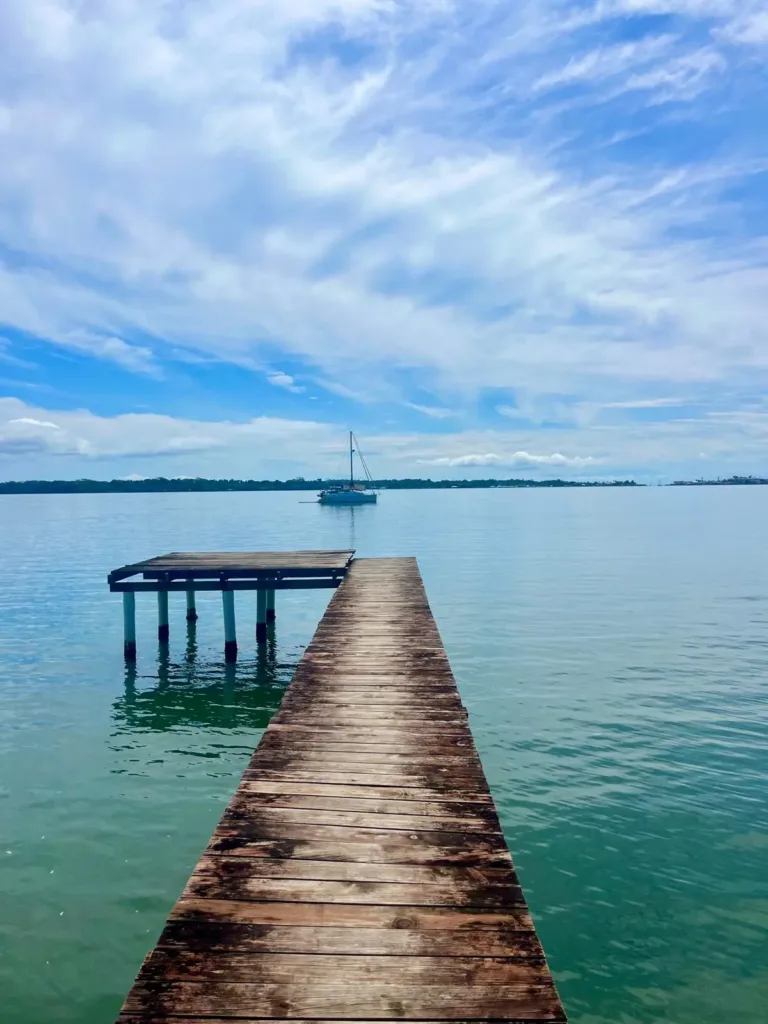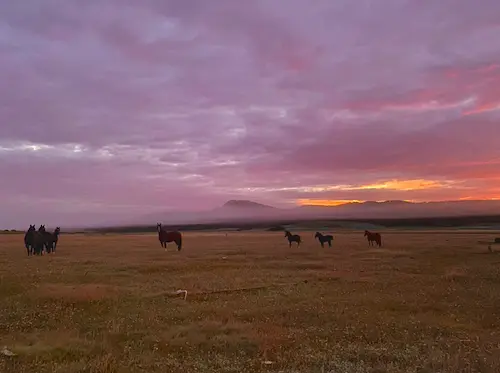First Impressions of Bhutan
Haste Slowly
Alison Simerly
I wasn’t sure what I expected the capitol city of Bhutan, a country straddling tradition and modernity, to be like. Just having read a few of our assigned readings about development and Bhutan’s famous (or infamous) Gross National Happiness policy, I was exploring Thimpu when I came across two simple words scrawled on a bus stop: haste slowly. As I struggled with comprehending the contrast between the rural and urban, the influence of the western media, and the tell-tale signs of cultural transformation, I couldn’t come up with two words that better defined my introduction to this special place and its contradictions. Though I’ve been here just a week, I can already see how vital it is to understand that Bhutan’s unique cultural identity is intertwined with environmental policy and conservation. As Bhutan enjoys the benefits of development and continues to grow, I think hasting slowly might be a worthwhile approach.
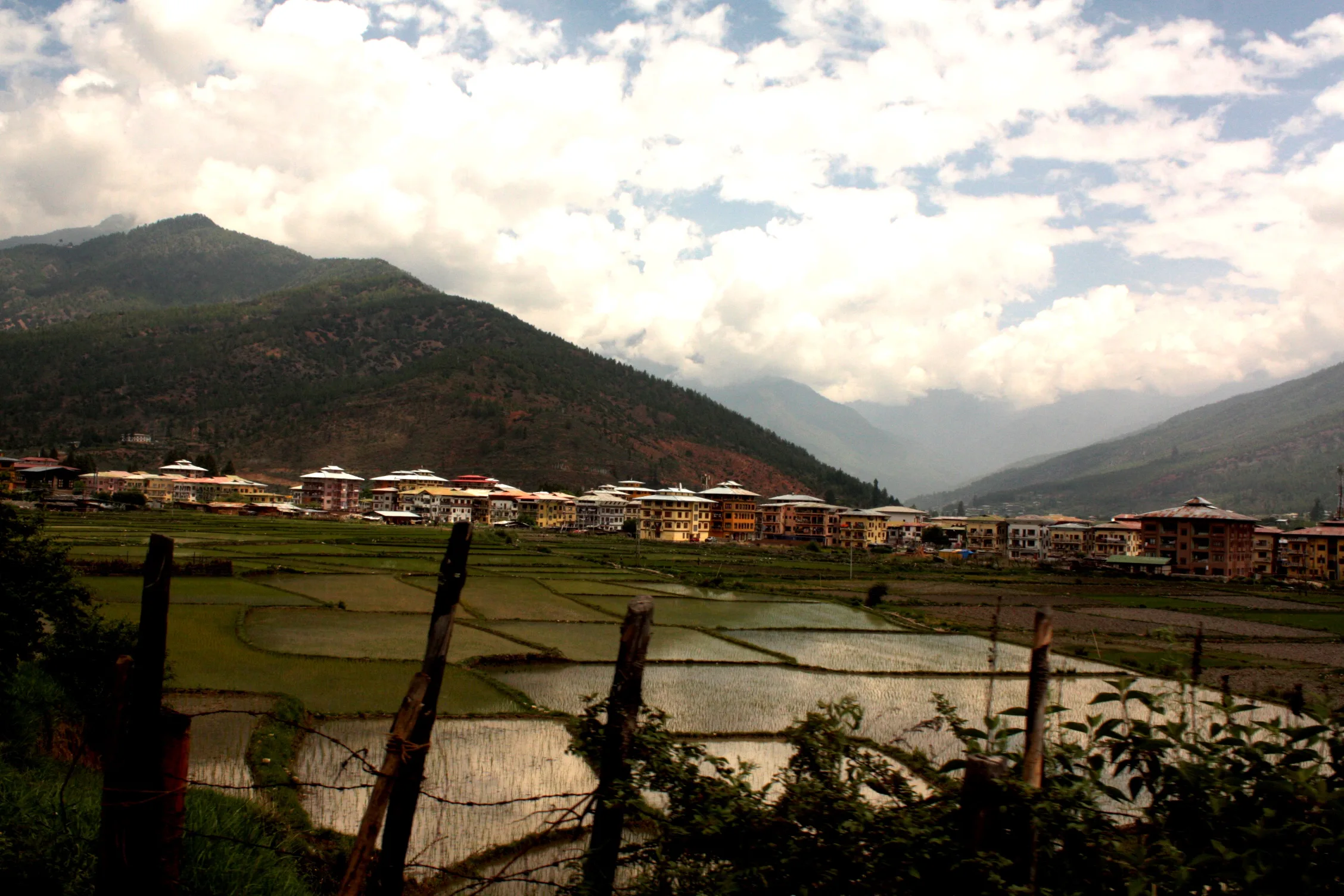
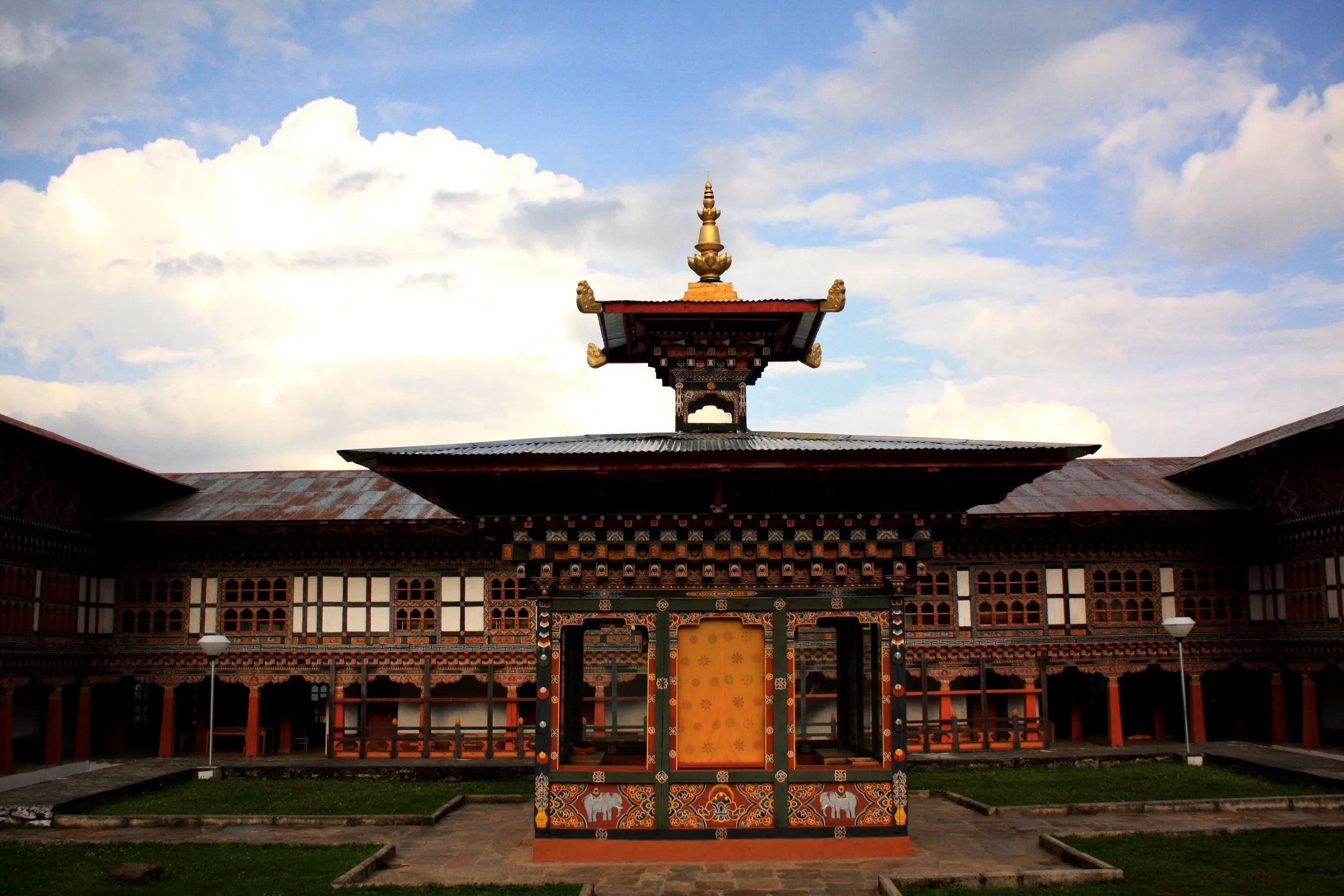
The Dragon Wakes
Elizabeth Ridolfi
There is something about Bhutan that seems intense, awake, and dare I say alive. Everything is constantly pulsing and changing like a living thing. While I was trying to get in sync with the heartbeat of Thimphu, I was reminded of the Buddhist principle of impermanence, meaning nothing will last forever. Cobbles are missing, internet connections fail, roads become impassible but still life goes on. One is likely to see farm land crammed close to tall buildings, cattle roaming into a city, a monk on a cell phone. It is these contradictions and constant changes that make Bhutan a living place. Bhutan calls itself “Druk Yul” or “Land of The Thunder Dragon”. As I learn about Bhutan, I realize how fitting of a name this is. Bhutan’s view of environmental policy and conservation serve as a powerful learning tool to the whole world and as this Dragon wakes, we will continue to see its dynamic, living nature.
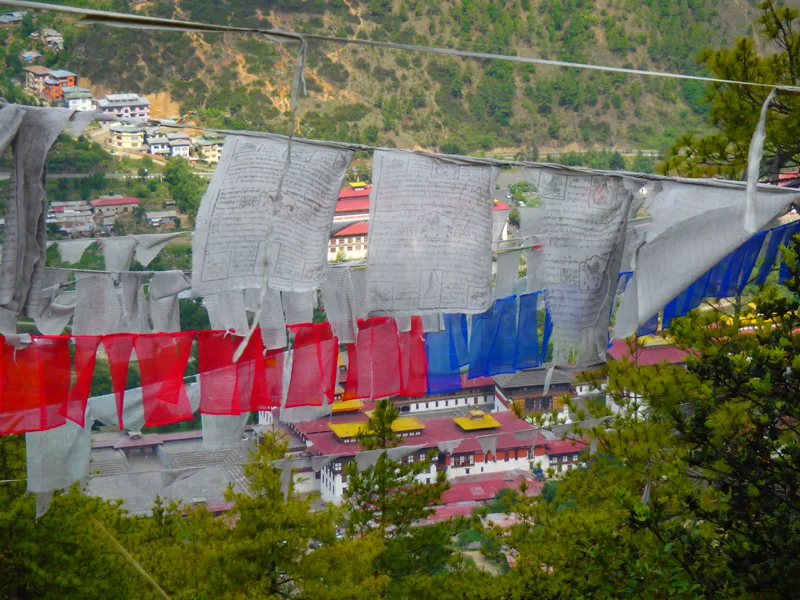
Related Posts

Camila Rojas: Alumni Spotlight⭐
